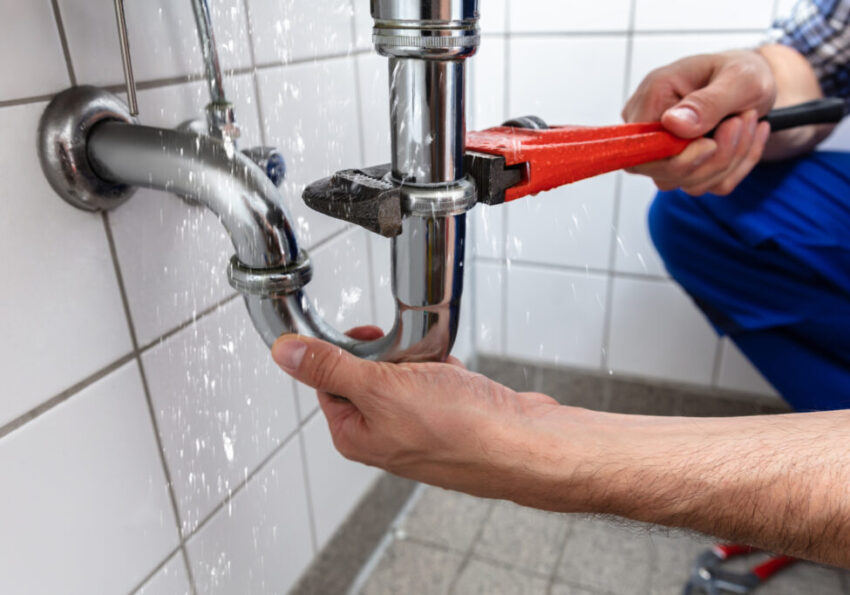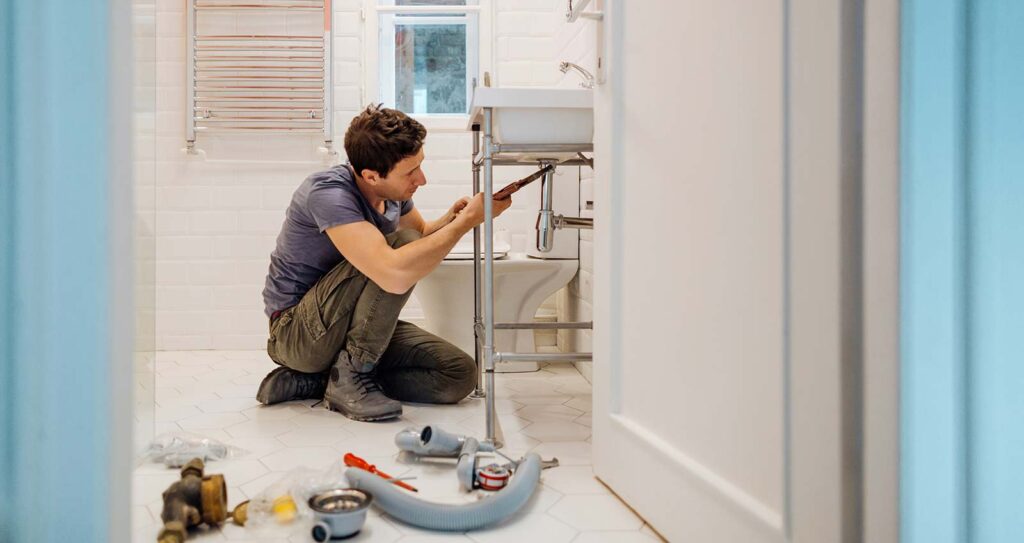From the aqueducts of ancient Rome to the sophisticated pipe networks of today, plumbing has always been essential to the development and well-being of societies. Its evolution mirrors humanity’s progress, having transformed from rudimentary channels and basic water systems into complex infrastructures that seamlessly integrate with our daily lives. As societies developed, so did their plumbing needs, giving rise to an industry that constantly reinvents itself. Today, in the age of digitalization and heightened consumer expectations, plumbing businesses are not just about fixing leaks and installing fixtures; they’re about offering holistic solutions, sustainable practices, and harnessing technological advancements to meet evolving demands.
This article explores the modern world of plumbing, analyzing the current trends and envisioning the future of this age-old industry. Whether you’re a homeowner looking to understand the latest in plumbing solutions or a business venturing into the industry’s new frontier, this comprehensive exploration provides insights into the future of plumbing and the hallmarks of a modern plumbing business.
The Role of Technology in Modern Plumbing

The influence of technology on modern plumbing is profound and multifaceted, heralding a new era of efficiency and innovation. Smart home systems and the Internet of Things (IoT) have seamlessly integrated into plumbing, allowing homeowners to monitor water usage, control fixtures remotely, and detect anomalies in real-time. Advancements in leak detection, aided by sophisticated sensors and software, provide unparalleled accuracy, mitigating potential damage and conserving resources. Further, the adoption of Augmented Reality (AR) and Virtual Reality (VR) in the sector is revolutionizing training methodologies and service provision. These tools enable plumbers to visualize complex scenarios, practice without physical constraints, and offer clients a more comprehensive understanding of proposed solutions, thus elevating the overall service experience.
Sustainability and Environmental Concerns
Consumers are increasingly demanding eco-friendly plumbing solutions, driven by a broader societal shift towards sustainability. This surge in demand has led to the development and popularization of water conservation techniques and products, such as low-flow faucets, dual-flush toilets, and rainwater harvesting systems, aiming to minimize wastage and preserve our precious water resources. The use of sustainable materials in plumbing fixtures, like recycled metals and non-toxic PVC alternatives, further underlines the industry’s commitment to reducing its ecological footprint, ensuring that modern plumbing not only serves households but also safeguards the environment.
Customer Experience and Service

The digital age has redefined the benchmarks of customer experience in the plumbing industry. Online booking and scheduling systems have become indispensable, allowing clients to conveniently secure services with just a few clicks, fostering transparency and reliability. The expectation of rapid response times has skyrocketed, with consumers valuing businesses that can swiftly address and resolve their concerns. In this interconnected world, customer reviews have gained significant traction, acting as both testimonials and constructive feedback. A positive online reputation is now a cornerstone for any successful plumbing business, necessitating proactive online reputation management to cultivate trust and ensure client satisfaction in an increasingly competitive marketplace.
Skilled Workforce and Continued Education
A thriving plumbing business in today’s landscape is underpinned by a skilled and educated workforce. Recognizing the intricacies of modern plumbing systems and tools, certifications and specialized training have become non-negotiable criteria, ensuring professionals are adept at handling both conventional and emergent challenges. However, the industry grapples with a concerning skilled labor gap, a void that can compromise service quality and delay project timelines. To bridge this gap, there’s a resurgent emphasis on apprenticeships and mentorship programs. These initiatives not only equip new entrants with hands-on experience but also foster a culture of continuous learning, ensuring that the torch of expertise and craftsmanship is passed down, maintaining the industry’s standards and reputation.
Diversification of Services

Recognizing the interconnected nature of home and business infrastructures, many plumbing enterprises now offer a diverse range of services encompassing HVAC, electrical work, and beyond, creating a one-stop solution for clients. This diversification is complemented by the rise in preventive maintenance packages, designed to preempt issues and extend the lifespan of systems, adding a proactive dimension to the traditionally reactive nature of the industry. Moreover, recognizing the unique requirements of different clients, there’s a burgeoning emphasis on customization and bespoke solutions. Tailored to fit the specific needs of households and businesses, these personalized offerings underscore the industry’s commitment to versatility and customer-centricity.
Modern Marketing and Branding Strategies
In the digital epoch, plumbing businesses are embracing a paradigm shift in marketing and branding strategies, both when considering how to grow and how to sell a plumbing business in today’s competitive market. An online presence is no longer a luxury but a necessity, serving as the primary touchpoint for potential clients. To maximize visibility in this crowded digital marketplace, search engine optimization (SEO) has emerged as a necessary tool, ensuring businesses rank prominently in search results and reach their intended audiences effectively. Social media, with its vast user base and dynamic platforms, plays a major role in customer engagement, allowing businesses to interact directly with clients, showcase their expertise, and build a community around their brand. Consequently, branding in this digital age requires a harmonized blend of authenticity, innovation, and adaptability, emphasizing storytelling, visual aesthetics, and user experience to resonate with the modern consumer.
It’s necessary to hone in on adaptations and innovations throughout any business model or growth of business, especially when it comes to plumbing. From harnessing the power of digital tools and emphasizing sustainability to investing in skilled labor and diversified services, the modern plumbing business must be multifaceted and forward-thinking. Embracing these trends not only ensures the industry’s longevity but also positions it as a cornerstone in shaping a more efficient, sustainable, and interconnected future.

